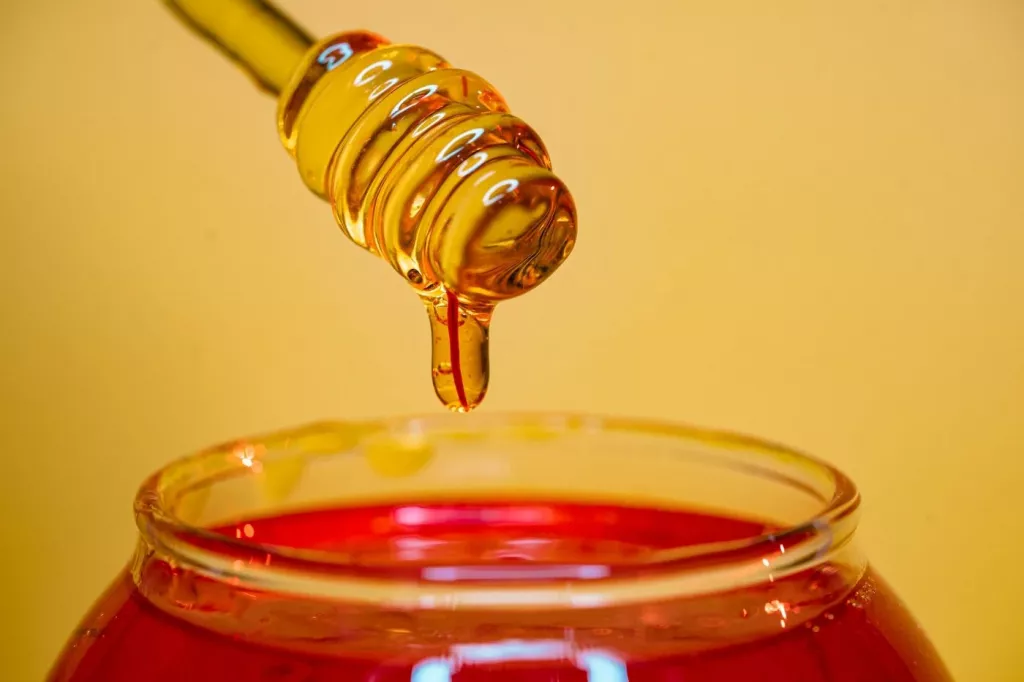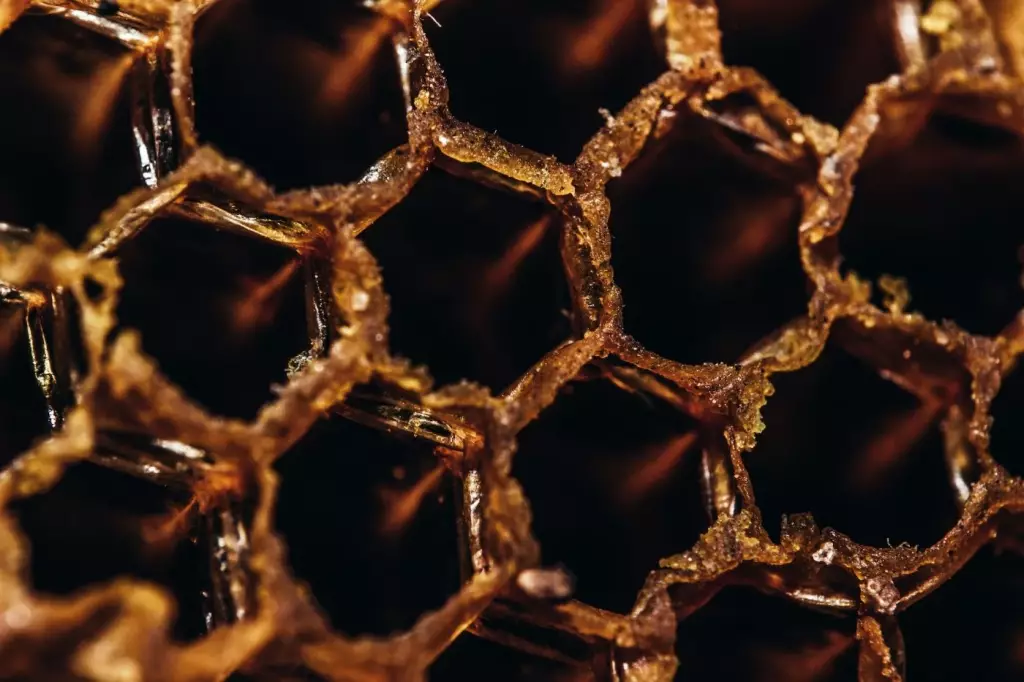Why Does Honey Crystallize & How Do You Stop It?
From tea to coffee, toast to donuts, honey is an essential add-on to keep these foods and beverages tastier. With its sticky and smooth texture, honey has been a favorite part of our diet. However, one characteristic of pure honey is its ability to crystallize quickly. This article will discuss why honey crystallizes and how we can stop it.
Honey crystallizes because it is a supersaturated solution. It comprises 70% sugar and 20% water. This causes the sugar to precipitate and separate from the water, resulting in sugar crystals. Low temperatures can cause honey to crystallize quicker. Storing honey at warm temperatures slows down crystallization.
With honey-selling paving its way in the industry, it’s essential for sellers and beekeepers to know the science behind honey crystallization and how to slow down this process to keep up with honey quality in the market. Keep reading below to find out.
Summary
- Honey crystallizes because its sugar content exceeds the amount of water it contains.
- Low temperatures can cause honey to crystallize faster.
- You can liquify the honey crystals by subjecting them to indirect heat.

On this page:
Why Honey Crystallizes
Honey is a supersaturated solution, so it undergoes crystallization. A supersaturated solution is a solution whose solute exceeds the maximum amount that is capable of being dissolved at a given temperature.
Technically, a supersaturated solution has more solute than the solvent can hold. Examples of supersaturated solutions are carbonated water, sodium thiosulfate, and honey.
All supersaturated solutions undergo crystallization. Crystallization is the process through which atoms or molecules of a substance (either liquid or gas) organize themselves in a well-defined three-dimensional lattice (crystal) to conserve the energy of a system.
Honey is composed of approximately 40% fructose, 30% glucose, and 17% water. Honey contains two types of natural sugars: fructose and glucose. Since there’s more sugar content than water in honey, the natural sugars tend to separate from the solution.
Fructose remains to be dissolved all throughout; however, glucose has a lower solubility, which is why it crystallizes easily. When glucose separates from the water, it forms crystals. New crystals will continue to build upon older crystals until all the glucose in the honey has crystallized.
The formed crystals' texture and size will differ depending on the kind of honey. Some are smaller fine crystals, while others form large coarse crystals. This is attributed to the sugar: water ratio. The higher the glucose content, the quicker the crystallization will be.

It is also good to note that raw honey crystallizes faster because the traces of pollen in the honey acts as a substrate that encourages crystallization. Different flowers also have different glucose-to-fructose ratios, which also influence the rate of crystallization.
Therefore, honey tends to crystallize because as a supersaturated solution containing 70 % sugar and 20 % water, the glucose part of it precipitates out from the water resulting in the formation of crystals.
Crystallized honey can still be eaten. In fact, a type of crystallized honey called creamed honey is preferred by some, as it is easier to spread on toast because of its velvety texture. The velvety texture is attributed to the small crystals formed by the honey crystallization.
How to Stop Honey from Crystallizing
Technically speaking, you cannot stop honey from crystallizing, but there are steps to slow down its process. The rate of crystallization depends on the type of honey, method of storing, and storage temperature.
Store honey at room temperature
Honey crystallizes faster in lower temperatures. When the temperature drops to 50°F, crystallization quickly happens. It is therefore best not to store honey in the fridge or chillers. It’s also not good to store honey in areas with hot temperatures. The most ideal storage place for honey is in a cupboard that is away from direct sunlight.
Store honey in appropriate containers
The best choice for storing honey is by using glass jars. Plastic containers are porous compared to glass. Glass jars, therefore, offer more protection to your honey by keeping moisture out.
Filtered vs. unfiltered honey
Filtered honey is factory-produced honey, while unfiltered honey is raw honey. Raw or unfiltered honey is seen with traces of pollen and beeswax. These tidbits serve as substrates on which glucose can attach and crystallize. This is the reason why unfiltered honey crystallizes faster than filtered honey. Filtered honey, as the name suggests, does not have tidbits of pollen or beeswax.
In general, to keep your honey from crystallizing fast, place it in glass jars and store it at room temperature. To avoid it at all, consume it right after buying.
How to Decrystallize Honey
As mentioned above, crystallized honey can still be eaten. The formation of crystals doesn’t equate to honey being spoiled or going rancid. It’s very easy to bring honey back into its uncrystallized form by adding heat.
The process of heating liquifies the honey crystals, but optimal heat will have to be taken into account, careful not to change the quality of honey and risk losing its nutrients. To preserve the quality and nutrients of the honey, it must be melted slowly in a glass jar over low, indirect heat until all crystals liquify.
Remember not to overheat the honey because pollen, propolis, antioxidants, and other raw nutrients in honey will easily be destroyed in temperatures above 110°F. At 140°F, the quality of honey is reduced, and at 160°F, the sugar from the honey caramelizes, giving us a sweet treat, but it isn’t considered honey anymore.
Below are the steps in decrystallizing honey:
- Put the jar of honey into a large glass container or ceramic bowl.
- Heat a container with water until the temperature has ranged between 95°F and 110 °F.
- Pour the warm water into the bowl with the jar of honey in it. Make sure that the jar is not fully immersed, but the water level is at par with the honey level inside the jar.
- Leave the jar of honey in the bowl with warm water for some time, while occasionally stirring the honey. Monitor the temperature and keep it at 110°F.
The speed at which crystallized honey will liquefy depends on the amount of honey that you are trying to liquefy. The typical jar of honey takes an hour to decrystallize. However, there are some types of honey that don't crystallize such as Acacia, Sage, and Tupelo because they have a higher fructose content than glucose.

The Don’ts in Decrystallization of Honey
While decrystallizing honey is an easy process, it must be done carefully to avoid losing its nutrients and health benefits. Below is a list of things to avoid when liquifying crystallized honey:
Do not microwave raw honey
While the microwave offers an easy way to reheat foods, its uneven cooking is not good to reheat honey. Temperature isn’t controllable also in a microwave and will most likely burn your honey.
Do not boil raw honey
The reason why a jar of honey is immersed in a bowl where hot water will be poured is to lessen the contact of the jar with heat, careful not to degrade the beneficial enzymes found in honey.
Do not heat honey in a plastic bottle
The best option to heat crystallized honey is to put it in tightly sealed jars. Plastic bottles allow heat to get through, which may destroy the honey contents. Also, there’s a high chance the plastic bottle will melt, which can make you lose your honey.
Don’t reheat crystallized honey repeatedly
The best advice to avoid this is to only get a spoonful of how much honey you need. Repeated cycles of heating and cooling (liquifying and crystallizing) may cause the honey to lose its flavor and aroma.